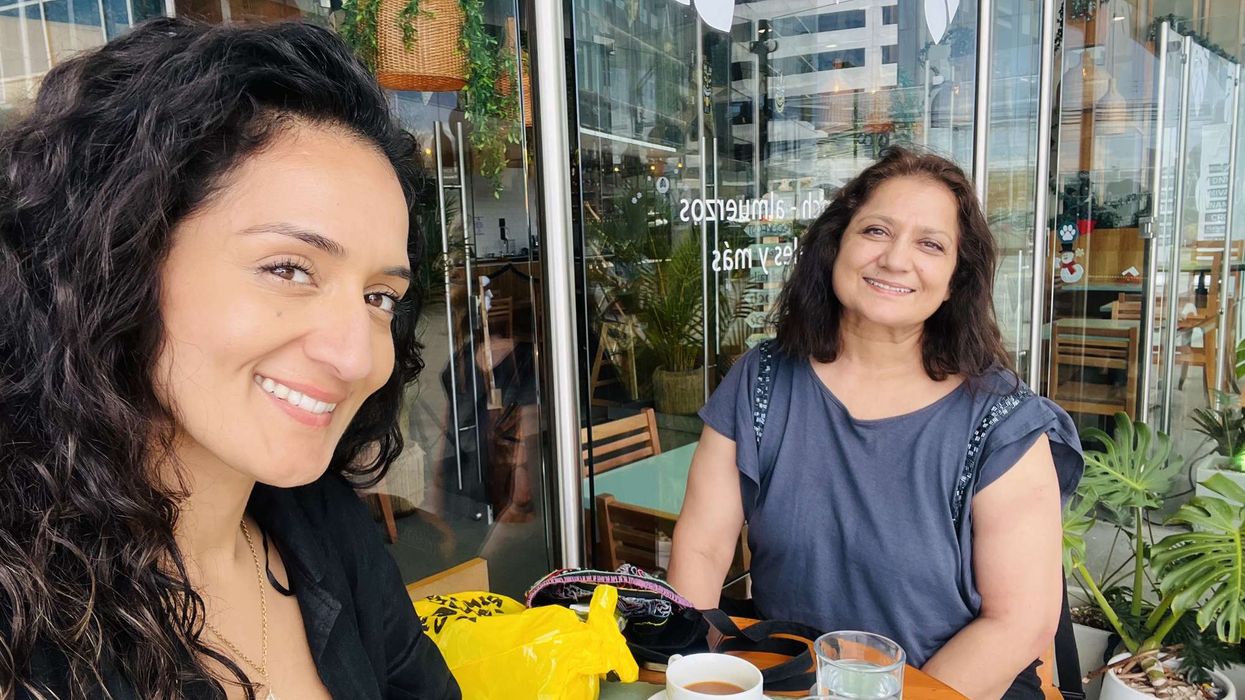By Lauren Codling
ONE of Britain’s leading restaurant owners has said India is “slightly misrepresented” in the UK as he prepares to open the sixth branch of his popular eatery in central London.
Shamil Thakrar, the co-owner of Dishoom, told Eastern Eye: “We always felt India, both in terms of food and culture, needs to be represented much more fully or much more interestingly.”
Thakrar, who comes from the family that founded the popular rice brand Tilda, described the newest Dishoom restaurant in Kensington as being the “plushest, most luxurious” space yet.
Known for its distinctive design, reminiscent of vintage Irani cafes in the early 20th century Bombay, Dishoom is a popular choice among Londoners.
There is a restaurant in Edinburgh too, opened in 2016. Each restaurant is specially designed with its own backstory – the Kings Cross space resembles a western railway office from the 1920s, for instance.
The location in Kensington has “coiffured ceilings”, pillars inspired by a 1940s cinema space in Bombay, featuring vintage jazz photographs of legends Sonny Rollins and Frank Fernand, and is evocative of retro cinemas and jazz clubs from the era, the owner said.
“We’ve put together these very immersive, detailed environments to showcase what we do,” Thakrar said last week at the restaurant’s soft launch. “We’re extremely detailed – almost mind-numbingly so.”
The restaurant has lavished turquoise and deep orange booths, vintage style chandeliers and an upstairs space for a jazz band to play in.
To celebrate the opening, an original theatre production night at the Bombay Roxy will run for the first month within the dining space of the restaurant.
Thakrar is noticeably excited by the show, having worked as the creative director. Founded in 2010, Thakrar said the restaurant’s origin came from a “thin, but very deep seam of heritage” – old Irani cafes in Bombay that were popular in the early 19th century.
“These Irani cafes were central in many ways to making sure Bombay had a shared civic culture, so we got excited about this,” Thakrar said. “To bring this idea of cosmopolitan Bombay, the Irani cafes, into a restaurant setting in London… that was the genesis of what we did.”
The restaurant group was initially founded by Thakrar and three others; his cousin Kavi – who remains a co-owner – and brothers Adarsh and Amar Radia, who have since left the company. There are now five Dishoom’s across London – at Shoreditch, King’s Cross, Carnaby Street, Covent Garden and the most recent, Kensington.
Thakrar comes from a business family; his family founded Tilda Rice in 1972; in 2004 it was sold to American food company Hain Celestial. The father-of-three attended Harvard Business School in 1999, but said although the experience was useful he was required to unlearn a lot of what he was taught at the prestigious institute.
“They fill you [with] useful stuff, but frankly some of it gets in the way of actually running a business,” he said. “A strong focus on profit will leave you chasing the wrong thing – you should be focusing on the food, the service and the staff; then you can control costs and however busy you are and whatever profits you make is the applause that follows. That’s the best way to create a great business.”
Since its debut, the eatery was voted the best UK restaurant by Yelp users in 2015/16 and was given the Best Small Group by the Good Food Guide in 2016. In addition, this year the brand was placed 36th in The Sunday Times Top 100 best companies to work for – an especially important accolade to Thakrar.
He currently employs over 700 people at an array of locations and emphasised that when he employs he looks for people “who really get it”.
“We can’t work with people who say: ‘The customer won’t notice’ – if anyone says that to me, it is like a red rag to a bull,” he laughed. “It doesn’t matter, it has to be brilliant. We look for complete integrity, and that is true for who we hire as well.”
Thakrar believes the brand’s growth has been slow, but his principle is to continuously deepen the product, not dilute it.
“Many other businesses think: ‘Well, let’s grow and let’s try to maintain quality whilst we grow and maybe if it softens it, it doesn’t matter because we are growing’ – we are the exact opposite,” he said. “We will not grow if it means we dilute what we do. “In general, when you eat here in this restaurant you should have had a better plate of food than you would have had three years ago.











